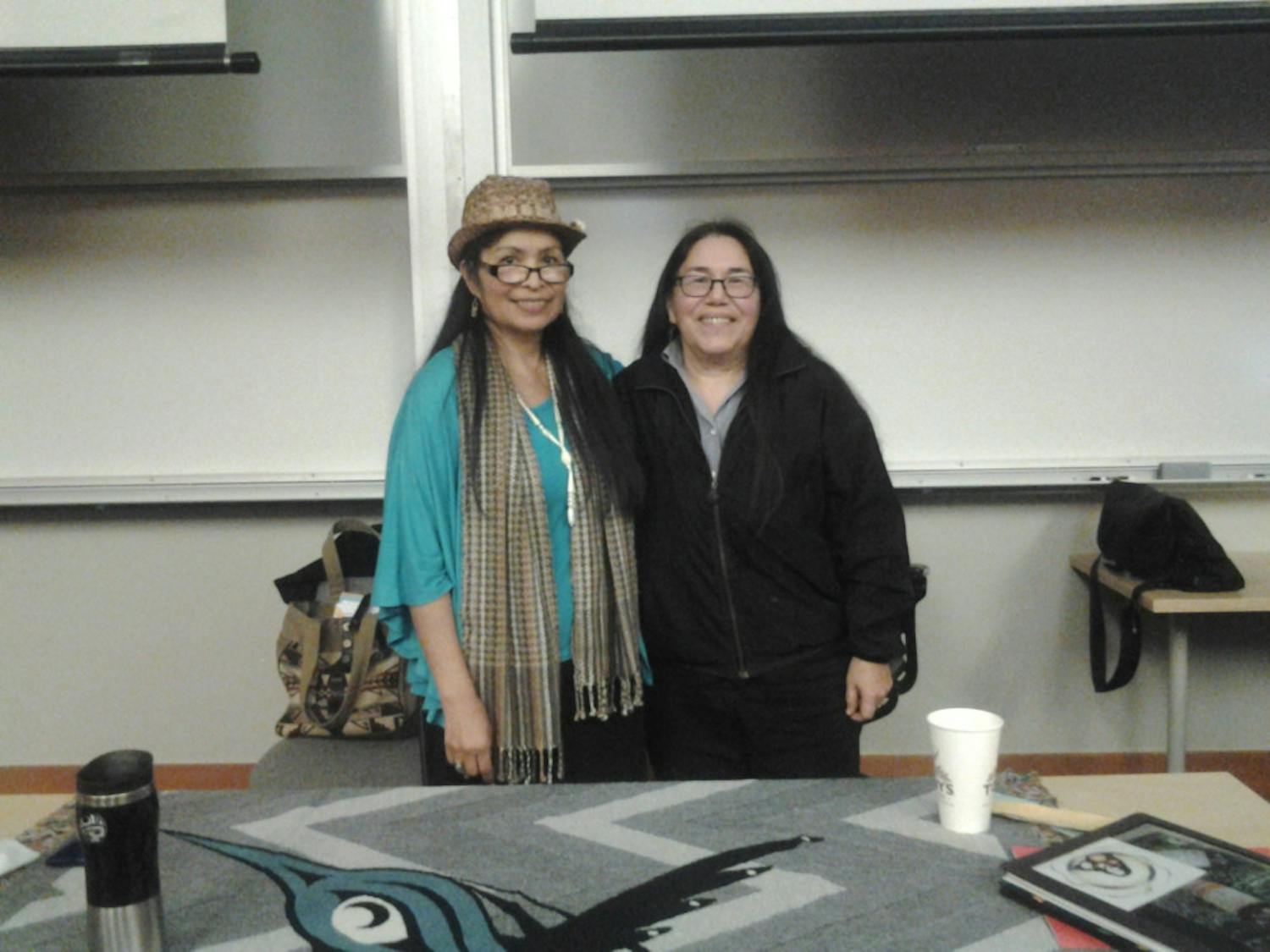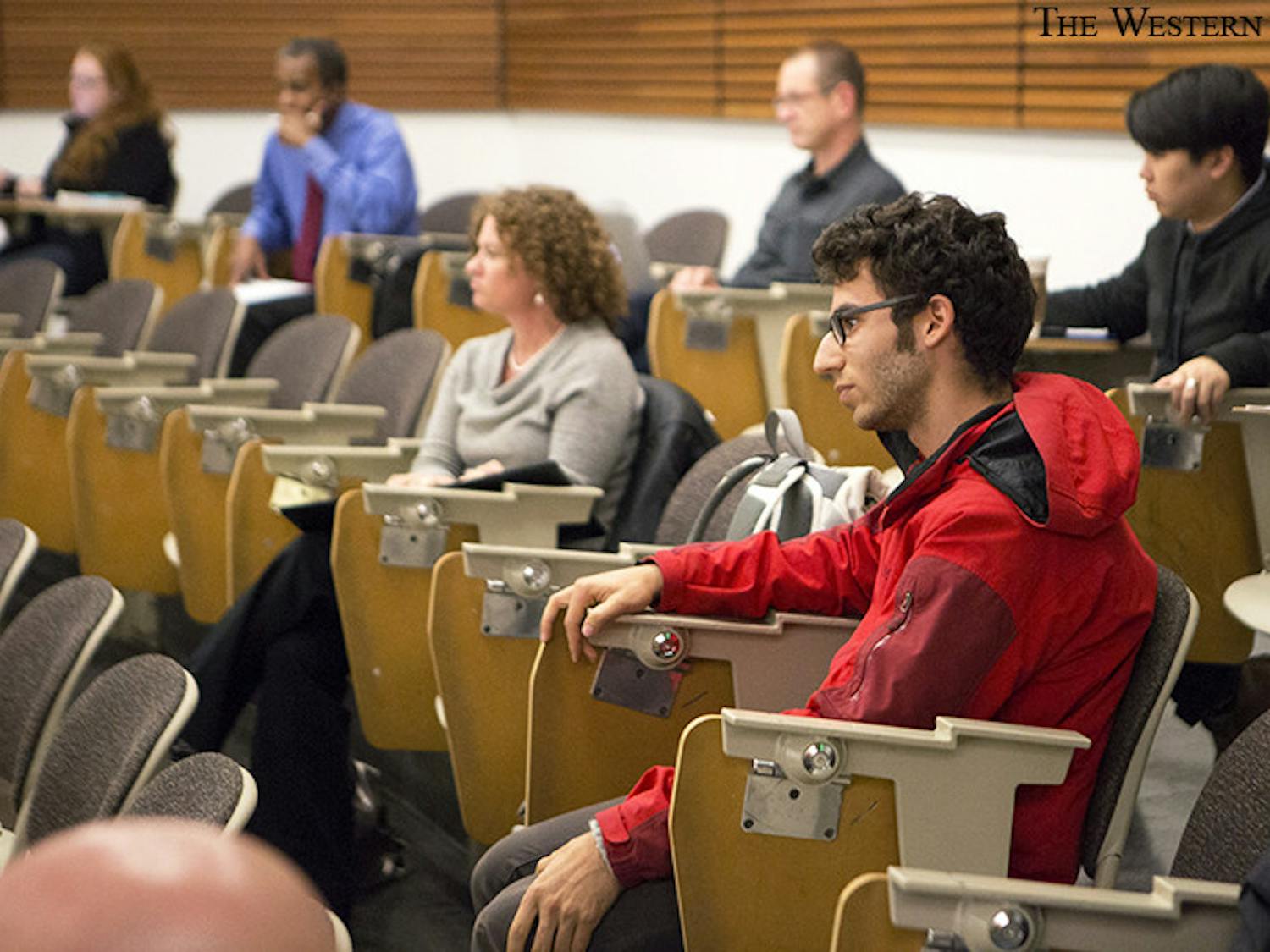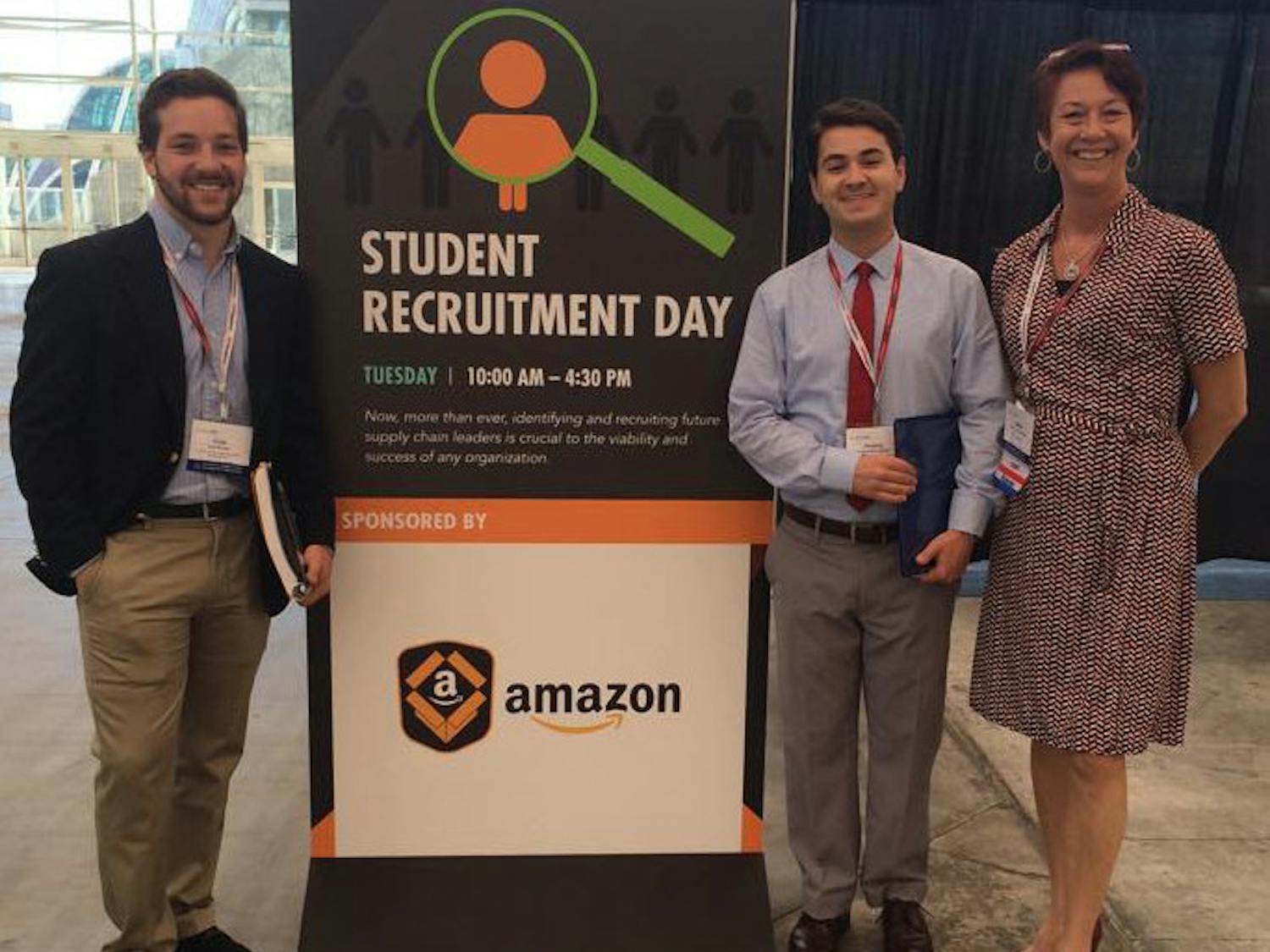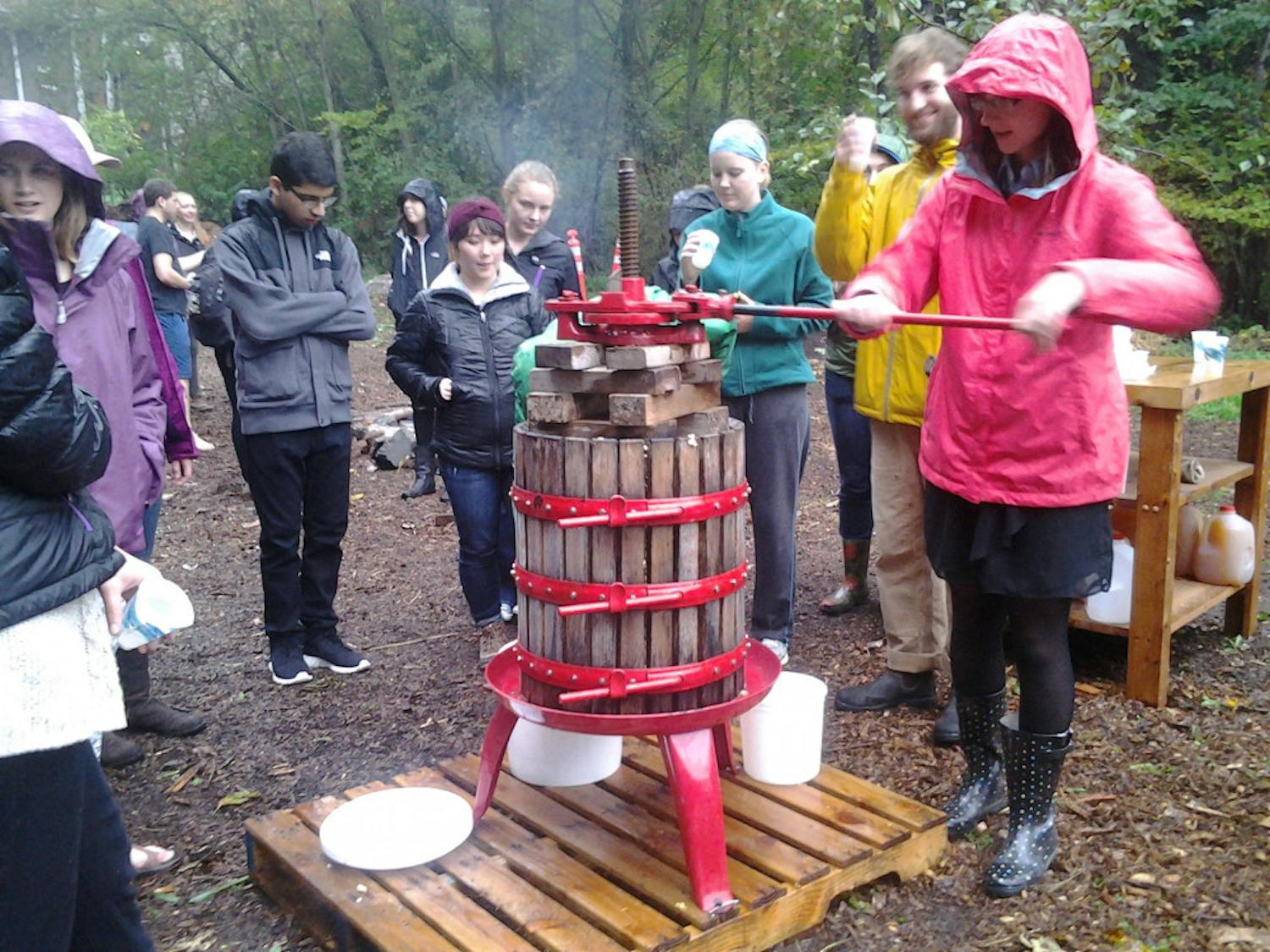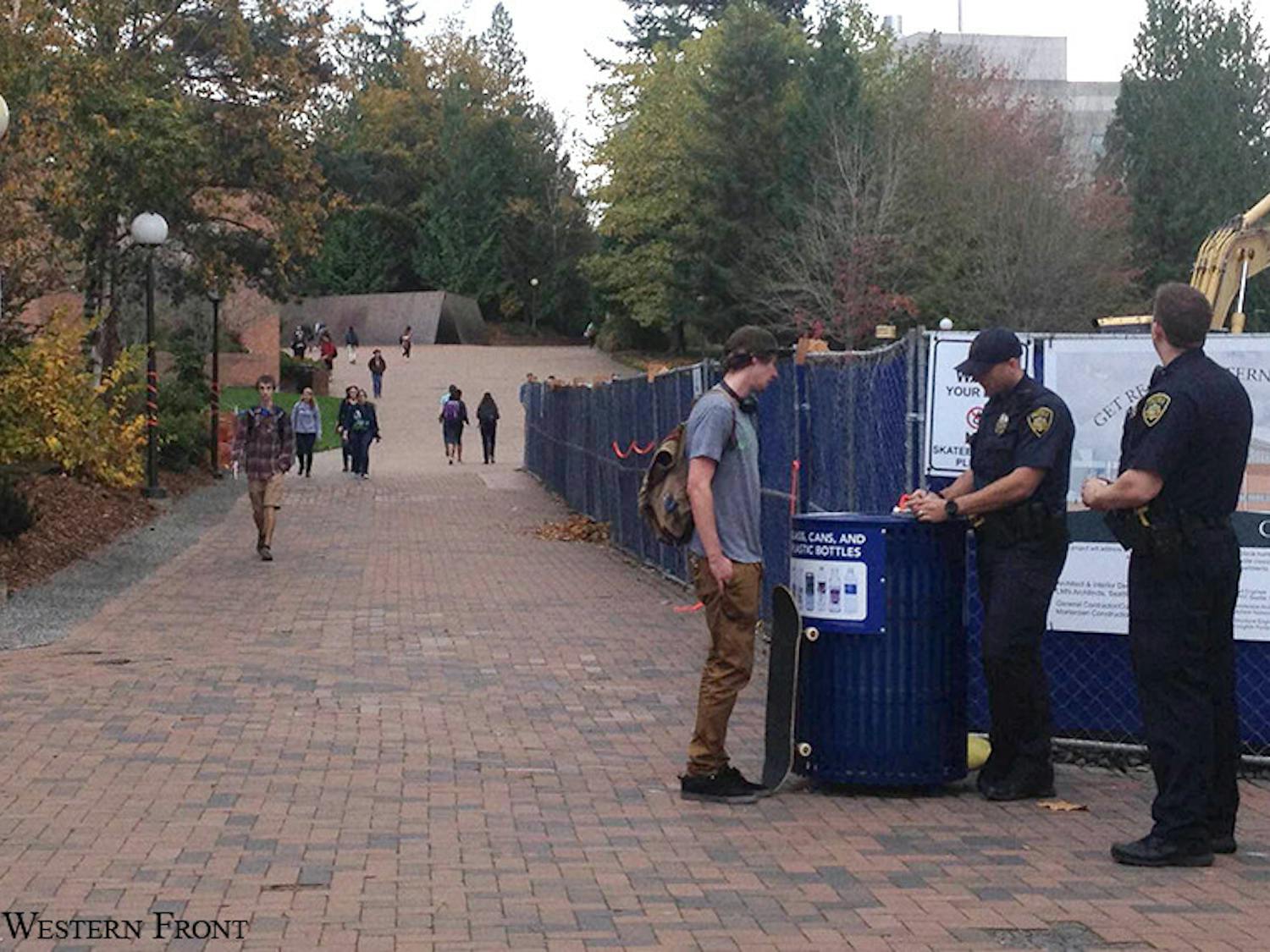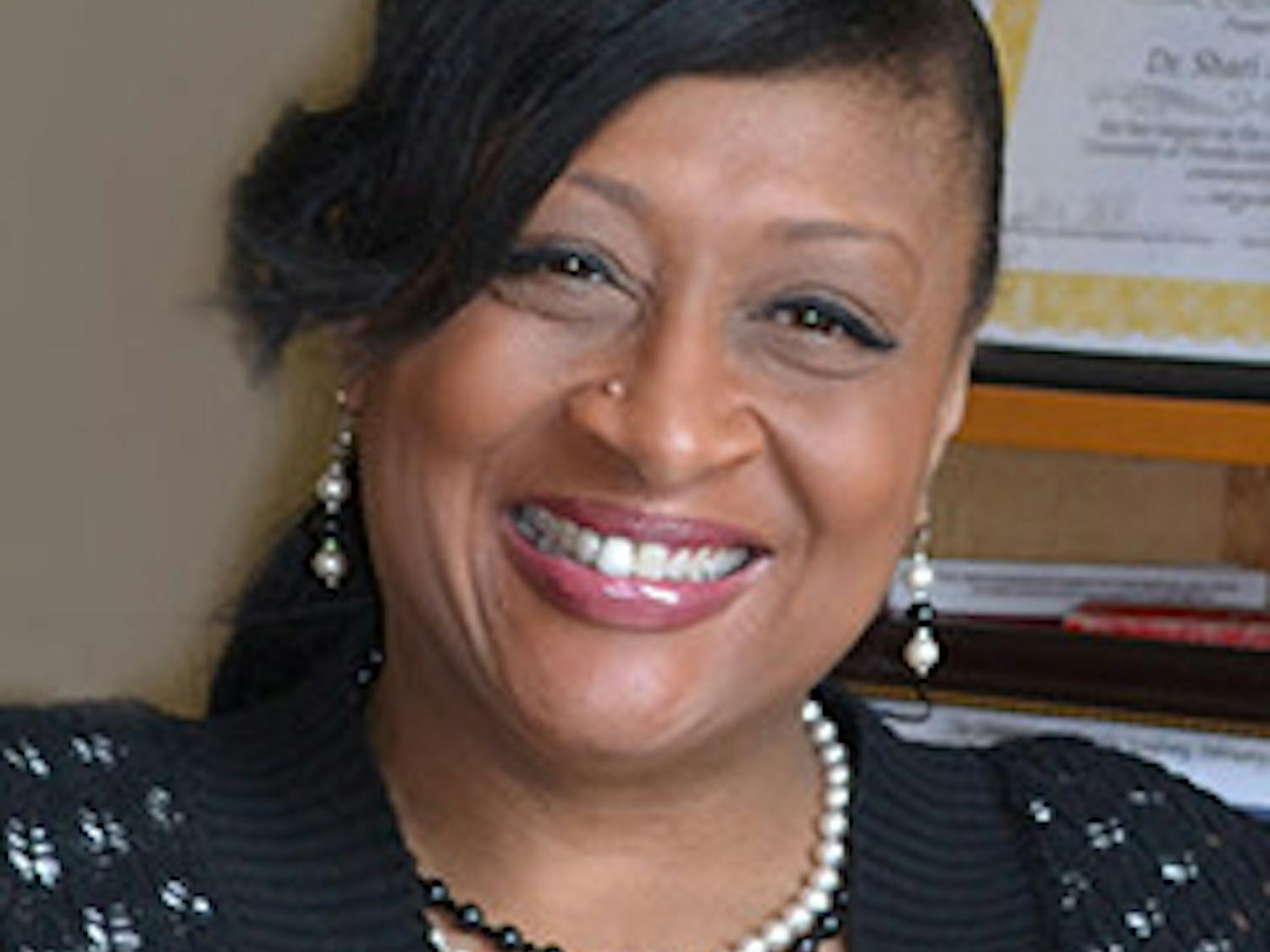News
Airport shuttle coming to campus
By The Front | November 6Bellair Charters is partnering with Western Student Transportation to serve the Western campus directly by having a pickup location on campus. The Airporter Shuttle will stop on campus outside of the Performing Arts Center on High Street, 10 times a day from Nov. 23, 2015 to Jan. 6, 2016 and March 9 to 19 2016. The charter will do 10 round trips a day to Sea-Tac Airport, and three round trips a day to downtown Seattle. Kay McMurren, the program support supervisor for student transportation, said this service is a more convenient pickup location for students. “The previous boarding location was on Iowa Street, and that location is no longer on a bus stop and is further from campus, so they have an interest is providing convenient service for students,” McMurren said. The Airporter Shuttle will pick students up outside the Performing Arts Center on High Street in a van or minibus. Then the van will take students to the Bellair Charters office on Iowa Street, and students will be able to catch the shuttle going south. Adrienne Booth, the marketing manager for Bellair, said it wanted to achieve convenience for students. “We have a more convenient service for CWU students, and we wanted to mirror that for our students in Bellingham,” Booth said. “We feel like we are really missing out on the student population by not offering this service.” Bellair is trying to get the word out as much as possible by putting up posters in residence halls and advertising with KUGS, Booth said. Senior Peter Munger has used the Bellair Charter before and thinks the new route is convenient. “I think the new pickup location is beneficial to Western in general. Many students live on campus so they can access the shuttle better,” Munger said. This shuttle service will do a trial period for the holidays, and if it is successful, the Airport Shuttle will become a permanent service year round for Western students, Booth said.
Upcoming policy vote to get rid of grade averaging
By The Front | November 3After discussion last year, the Academic Coordinating Commission unanimously approved a new grade replacement policy at its Oct. 27, meeting.
First presidential search meeting lacks student input
By The Front | November 3The 15 members of the Presidential Search Advisory Committee met Monday, Nov. 2, with senior Galen Herz to discuss what characteristics students want to see in the new president. The conversation lasted 45 minutes.
Professor, students aid schools in Laos with technology
By The Front | November 3A series of apps are being created to help detect at-risk schools in Laos that have a high chance of crumbling due to disasters. Huxley College of the Environment professor Rebekah Paci-Green, who teaches Western’s disaster risk reduction minor, and two of her students, senior Heidi Gottschall and junior Micah Van Zant are creating part of the apps. The creation of the app is an international job, Paci-Green said. Once she and her team are finished with their portion of the app, developers in Turkey will finish setting up the actual app itself. The app has been adopted by UNESCO, which works to join nations through international projects. “I was interested in disasters and helping communities avoid them,” Paci-Green said. “You can’t actually prevent the event but you certainly don’t have to have the impacts.” Gottschall and Van Zant have been working with Paci-Green for about three weeks Gottschall said. They are both a part of the disaster risk reduction minor. Although homes and other buildings are often built just as poorly as the schools, Paci-Green said there is a different level of responsibility for schools to keep children safe. “Public schools are public institutions and that is the state saying to a child, ‘we require that you come here, we require you to spend your waking hours in this building,’” Paci-Green said. “These kids don’t have a choice in what the building looks like.” The app focuses on getting the community and the school officials to identify the risks, Paci-Green said. The team of three is working on the second of three parts of the app. The first step is the first in the series of apps. It focuses on students and parents, Paci-Green said. It is a really basic app that is meant to get parents asking the right questions like, “Is the school sturdy enough to stand up during an earthquake?“ The second is a self-assessment app, which the team is working on now. It is focused on informing the school administration what it can do to protect their school. This app allows a principal, a committee or other school administration to go out and assess their own schools to see what changes need to be made to make sure the building will stand up against various disasters, Paci-Green said. The final app is the most technical and complex and is not being created at Western, Paci-Green said. It is being created by engineers at the University of Udine in Italy. The third app is used after parents and school administration have asked their questions and done self-assessments of the schools. The schools with the highest risks and most problems will be flagged, which will then alert engineers to what schools need the most help, she said. Paci-Green said nobody on the team has the complete picture and everyone plays a different role. There are people in Laos who understand what the schools look like, while people in Turkey and Italy understand the engineering and web development, she said. Part of Gottschall’s job is to help bridge the language barrier when translating questions and concerns between the US and Laos, she said. Gottschall also works on making the icons that will be used in the app. “It’s a visual aspect, like a universal symbol so people can understand,” Gottschall said. Van Zant is in charge of organizing photos of school building with specific codes that go to the app developers in Turkey. Van Zant said she is excited to be working with others in the process. Western’s portion of the creation of the app is expected to be finished in December, Paci-Green said.
AS starts newsletter
By The Front | October 29A newsletter is being created by the Associated Students Board of Directors to inform and start a dialogue with students about campus issues. The newsletter will be available in the AS Review as well as email starting Monday, Nov. 2, and will run monthly. With this newsletter, the board is trying to reach out and be all inclusive to students, not just the ones who know about the AS, said AS Board Program Assistant Sabrina Romano. “[The board] can’t actively and effectively represent students without really getting in touch with them,” Romano said. The plan for the first newsletter will be a general introduction. After the first issue, each board member will write about what they’re doing for the month and what they’ve done the past month in regard to their position. Feedback from students will designate how the newsletter will go from there, Palumbo said. At the beginning of each school year board members meet to discuss board priorities that will affect students. One priority that came off that list was outreach and transparency, Vice President of Student Life Emma Palumbo said. A lot of times at board meetings the information discussed doesn’t get to students across campus, Palumbo said. “[The newsletter] is a way to get more information out about what the board does,” she said.



